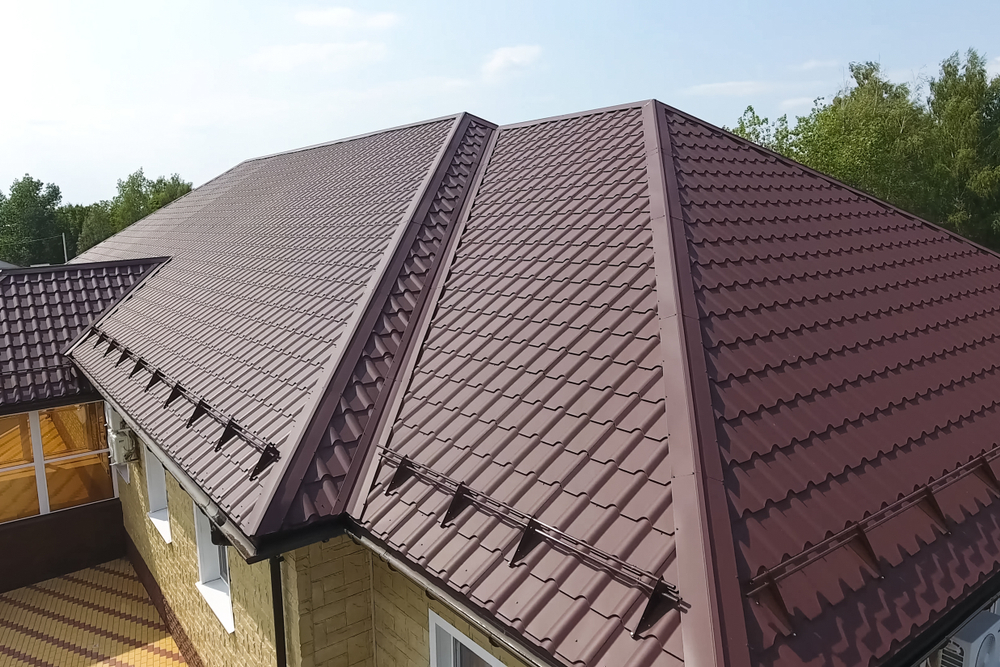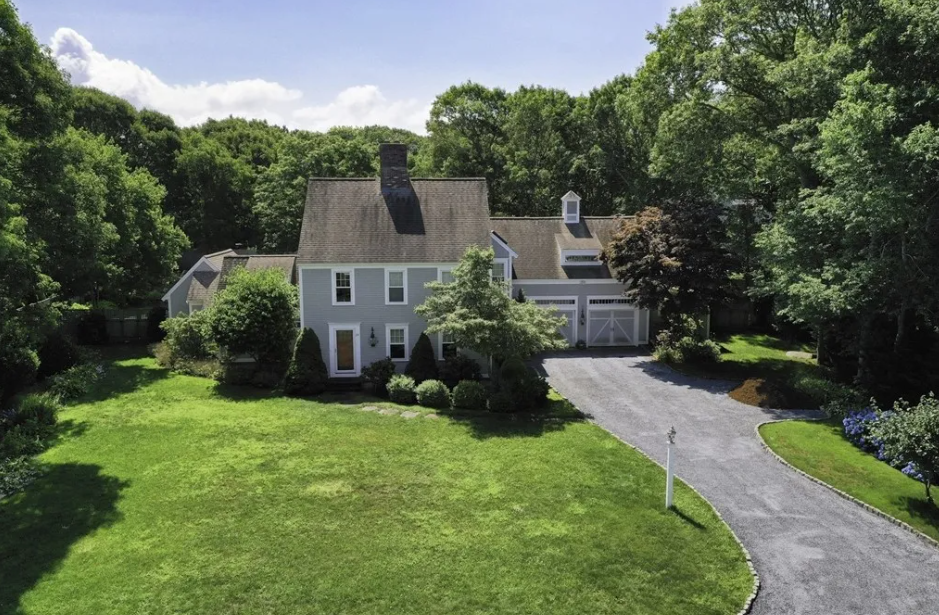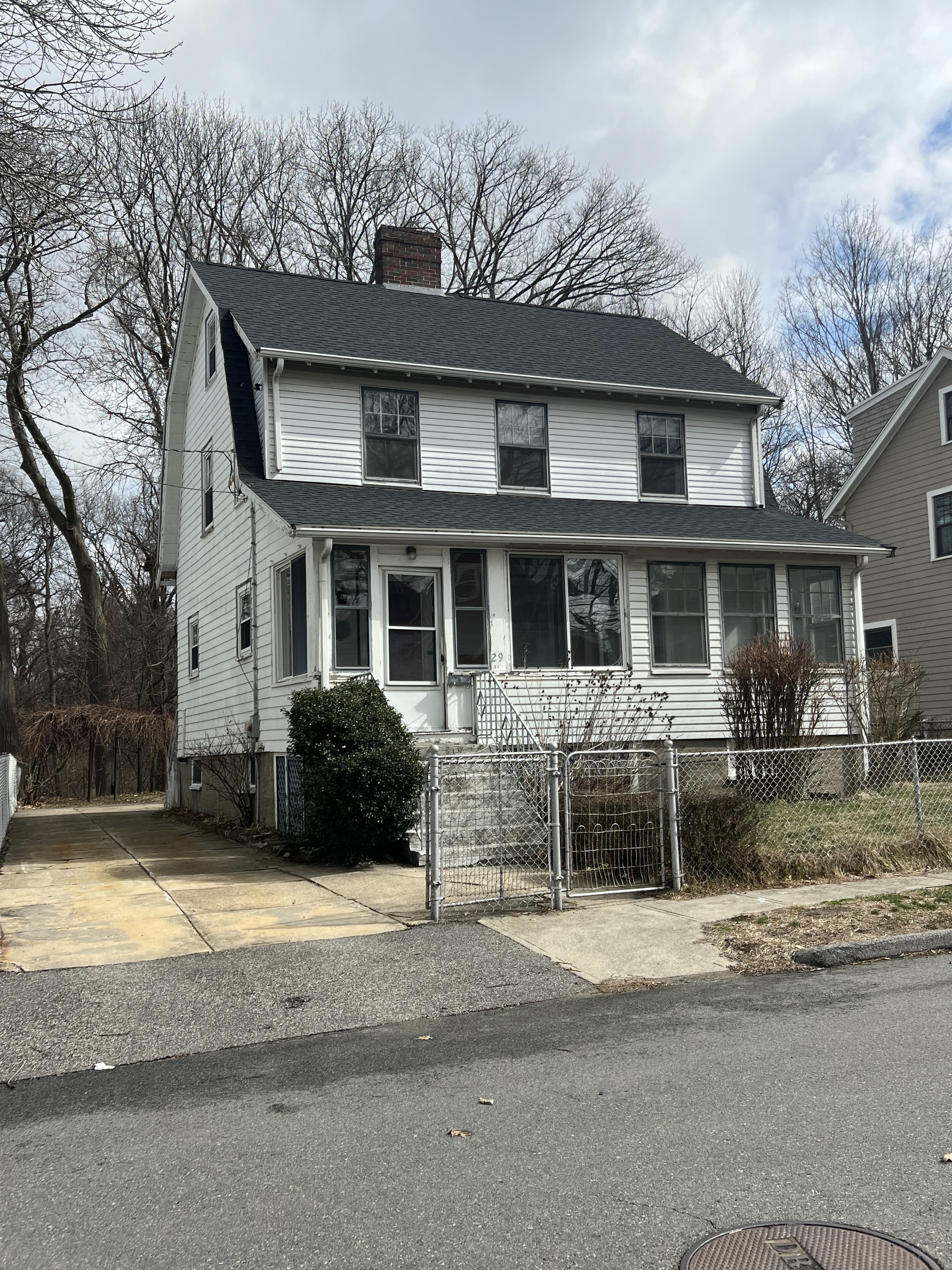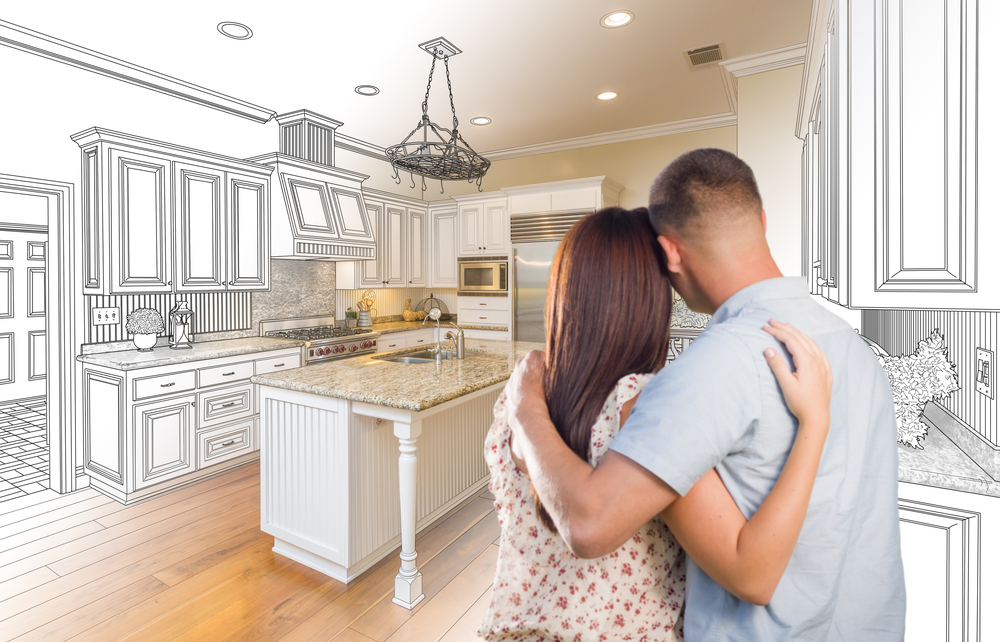Metal Roofing Vs. Asphalt Shingles
The materials you choose when constructing a new house or renovating an old one’s roof will significantly influence the final product’s aesthetic appeal and the home’s long-term upkeep and energy bills.
Even though they are expensive to install, metal roofs often need less upkeep over time. However, since shingle roofs are still the most cost-effective option, they continue to dominate the market.
To help you choose the best roofing material for your house, we’ll review the pros and cons of metal roofing and asphalt shingles. We will also go over some additional details that are important to know about each roofing option.
What is Asphalt Shingle Roofing?
Felt sheets or fiberglass serve as the foundation for asphalt shingles, which are subsequently coated in asphalt for protection and finished with a coating of ceramic granules. However, the material took off only with the advent of asphalt shingles made from fiberglass in the 1980s.
Whether sold in sheets, stacks, or rolls, shingles have a consistent look and feel attributable to their homogeneous construction, from a ceramic granular top surface through a smooth asphalt layer to a fiberglass backing.
Nails attach shingles to a building’s wooden framework in a dispersed pattern that begins at the roof’s lowest point and works its way up the slope. In terms of both upfront outlay and ongoing maintenance costs, shingles are often the most cost-effective roofing material.
Also, being the least complicated to set up, working with them effectively requires no specialized training or knowledge, so any handyman can do it.
What Is Metal Roofing?
Metal roofing often forms big flat sheets that can be folded horizontally to create various design categories, such as curved metals and flat-seam metal roofing.
Although the production and installation costs of flat-seam metal roofing might be more than those of other types, the interlocking seam construction of these panels makes them a top choice.
Interlocking seams and bolts secure the metal surface to the underlying roof structure, making for a solid and long-lasting roof that needs occasional cleaning.
Corrugated steel, aluminum, tin, and mixed metals are all close in proximity and can be acquired from various timber merchants around the country. Still, they are a couple of decades far behind the design.
It is common practice to use nails or screws with rubber washers at the connection places to provide a watertight seal between the roof and the corrugated metal.
The Distinctive Features Between Metal Roofing and Asphalt Roofing
The primary distinction between the two kinds of roofs is the material utilized to construct them. Metal roofs have metal components, whereas asphalt shingles are made of asphalt.
In addition to aesthetics, the lifetime of these two roofing alternatives differs. For example, metal roofs could last up to three times as long compared to asphalt shingles.
Advantages and Disadvantages of Metal vs. Shingle Roofing
What if you need more time to decide between different metal or asphalt roof styles? Before making any other decisions, you must choose whether or not to use asphalt shingles or metal sheets.
Make an informed decision by weighing the benefits and drawbacks of each option using these tables.
Advantages of Using Metal For Roofing
- They are long-lasting and made of highly durable materials
- They are esthetically attractive and offer a variety of different design possibilities.
- Available in a diverse selection of metal kinds and at several different price points
- Energy-efficient
- A significant number are crafted using materials that can be recycled.
Disadvantages of Using Metal for Roofing
- It Can be susceptible to damage from impacts caused by hail and debris.
- It can be loud when it’s raining.
- Extremely expensive
- In metropolitan surroundings, they may seem out of place.
Advantages of Using Asphalt Shingles for Roofing
- They are affordable
- A broad array of colors and patterns are available for purchase.
- It can withstand the impact of hail and debris rather well, particularly when it’s brand new.
- Installation simplicity
- Discreetly absorbs the rumbling of thunder and the clatter of hail.
- Energy-efficient
Disadvantages of Using Asphalt Shingles For Roofing
- Many builders employ different designs and hues, resulting in a less distinctive appearance.
- Typical dark colors absorb the heat.
- Manufacturer warranties could be invalidated after a DIY installation.
Which is Better For You?
There are times when one roofing material is the better option than another. For example, a metal roof is the best option if you reside in an area that often encounters severe weather, such as strong winds, storms, ice, snow, or unusually high or low temperatures. Unfortunately, as a roofing material, asphalt shingles are not very weather-resistant.
Your roof’s inclination may also play a factor in determining the best material to choose. For example, metal roofing can only be properly mounted on level surfaces.
In contrast to metal roofing, asphalt shingles are preferable for roofs with various unusual angles or flat roofs with no pitch.
Which Should You Use?
Metal roofs are unrivaled in terms of durability. Additionally, they help keep buildings cooler by deflecting sunlight. However, they are more expensive than the standard asphalt roof and may only work in some regions.
Roof maintenance saves money and keeps shingles out of garbage dumps. Get in touch with Driscoll Contracting right now to find out more about their services regarding roofing sheets.





